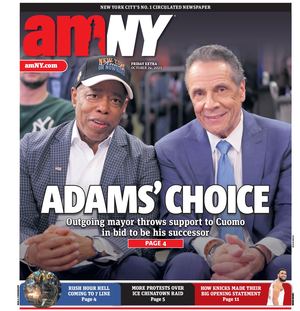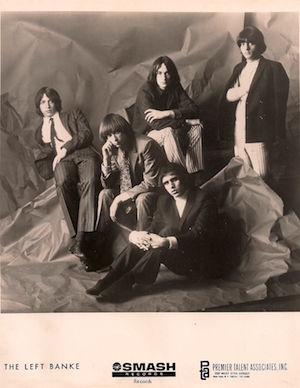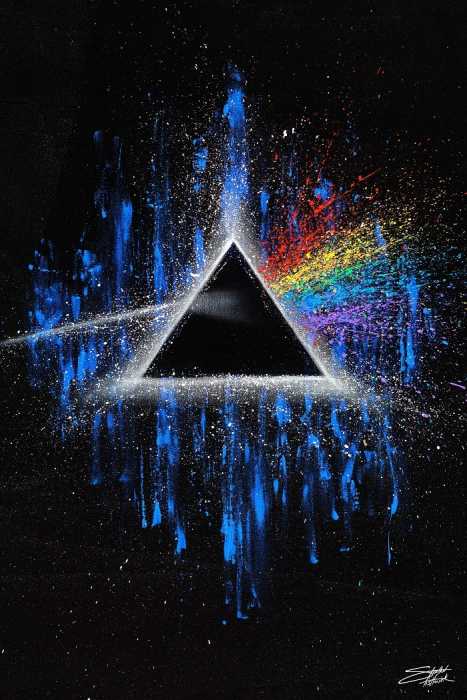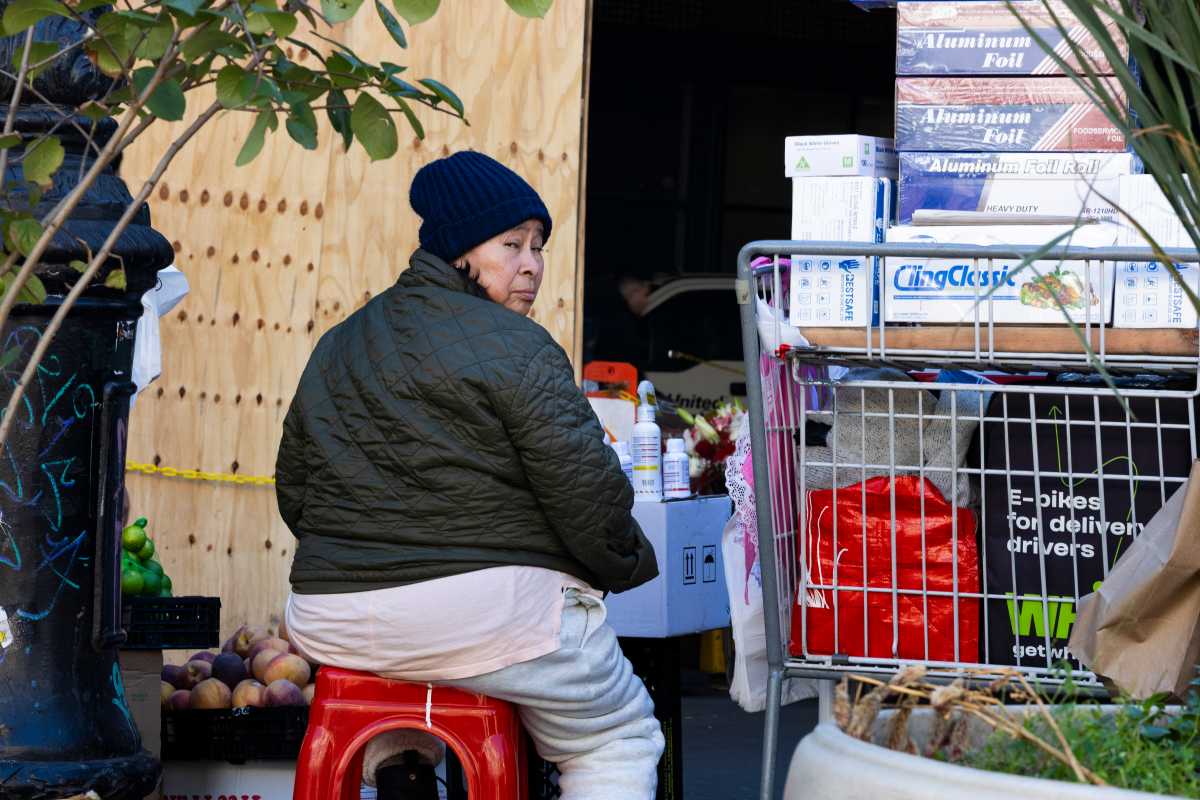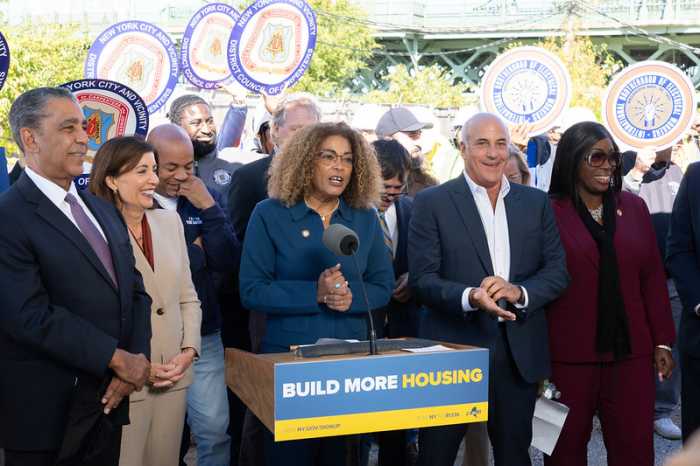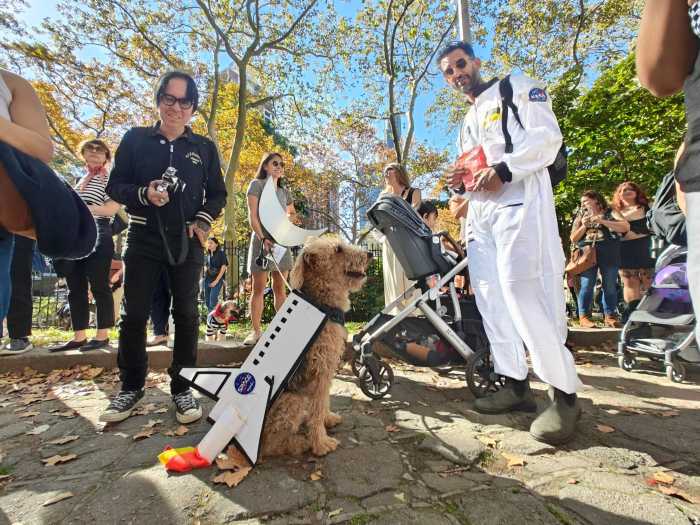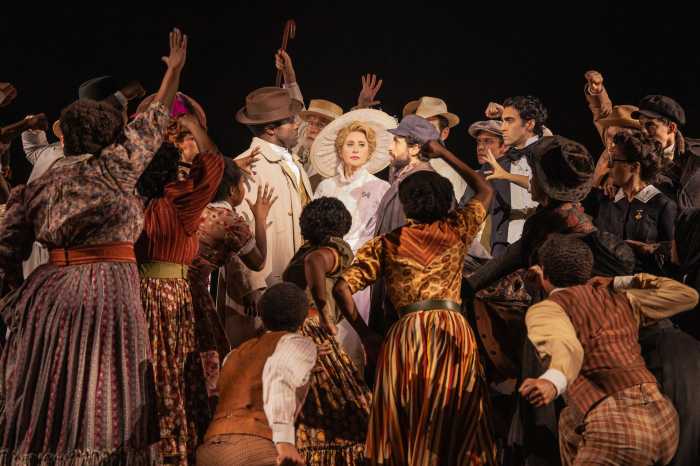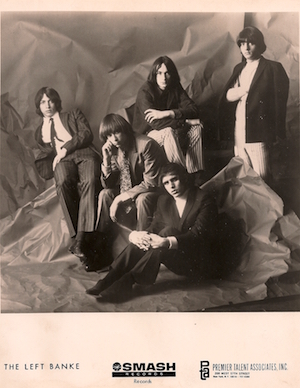
BY JIM MELLOAN | Fifty years ago, on Oct. 29, 1966, “Walk Away Renée,” by the Left Banke, peaked at No. 5 on the Billboard Hot 100. The song’s intricate string arrangement made it a prime example of what came to be called “baroque rock” — already pioneered by George Martin’s arrangements of Beatles songs such as “In My Life” (Lennon actually asked him to play something “baroque-sounding” on the piano), “Yesterday,” and “Eleanor Rigby,” and later echoed by many of the Bee Gees 1967-1968 hits, the Supremes’ “Reflections,” and even Dylan’s “Lay Lady Lay,” with its keening dobro. The Left Banke’s harmonies were reminiscent of many Beatles tunes, as well as those of the Zombies and the Mamas and the Papas. In fact, 16-year-old keyboardist and co-writer Michael Brown (who died last year, at age 65, of heart failure) got the idea for the oboe solo from the flute solo in The Mamas & the Papas’ “California Dreamin’.” I moved to England just as the song was topping the charts here. I may have heard it in America, but the Left Banke’s version of the song did not chart over there. But a year later, the Four Tops had a No. 3 hit with it in England (No. 14 here). While unmistakably soul, the Tops’ version retained the plaintive strings and harmonies, evoking the same specific kind of rainy-day-glo melancholy. Brown’s father was Harry Lookofsky, a bebop jazz violinist who had put out an album called “Stringsville” in 1958, and who had played with Toscanini, Quincy Jones, and Blood, Sweat & Tears. He owned a studio called World United Studios at W. 48th St. and Broadway. He gave Michael keys to the studio, in exchange for some cleaning and sometimes sitting in as a session pianist. Michael brought his friends in to sing and jam when the studio wasn’t booked. They weren’t great players, but they were great singers. Lookofsky took an interest in the group, and wound up playing all of the strings on “Walk Away Renée.” The song was inspired by Brown’s crush on bass player Tom Finn’s girlfriend Renée Fladen (now Fladen-Kamm), a platinum blonde teenager. Brown wrote the song a month after meeting her. “I was just sort of mythologically in love,” he has said, “if you know what I mean, without having evidence in fact or in deed…But I was as close as anybody could be to the real thing.” Fladen was present during the recording of the song, and Brown was unnerved. He later said, “My hands were shaking when I tried to play, because she was right there in the control room. There was no way I could do it with her around, so I came back and did it later.” A near-perfect story of young, desperate, unrequited love and a resulting masterpiece — but almost certainly not the whole story. The writing credits go to Brown, Bob Calilli, and Harry Sansone. The latter two were never in the band. I haven’t been able to find anything about Calilli except that he was a friend of the Bronx-born Sansone. Sansone was a friend of Brown’s, although I haven’t been able to find out how. Sansone was at least 10 years older. In a strange 10-minute YouTube interview from 2012, and a National Catholic Register article from July of this year, Sansone continually refers to the song as his own. (A passionate commenter on the YouTube video says, “The NCR article is a poorly sourced puff piece, written by a presumably well-meaning reporter who was bamboozled by a liar.”) The lyrics start with “And when I see the sign that points one way.” Sansone, who comes across more like a boxing promoter than a songwriter, claims that he was inspired by the one-way sign at the corner of Hull Ave. and E. 207th St. in the Bronx. He says he used to see it every day when he was coming out of grammar school. Other accounts say Brown got the inspiration from a one-way sign at the corner of Falmouth St. and Hampton Ave. in Manhattan Beach, Brooklyn. The last verse starts with “Your name and mine inside a heart on a wall.” Sansone says there was a heart with “Tony loves Toni” (or maybe vice versa) inscribed near the handball court outside the school. The name Renée, he says, wasn’t based on a real person, merely inspired by the fact that the Beatles had written a song about a French girl named Michelle. He says the song was written in the Bronx with Brown and Calilli, with “a number of other young kids that used to hang out with me” present, and that the Left Banke was formed and asked permission to record the song sometime later. Sansone notes, correctly, that when Frankie Valli recorded the song, he changed the word “block” to “street.” “In New York City,” he explained, “we lived on a block, not on a street. New York City has blocks and lots. Frankie Valli…used the word street. He comes from Jersey; he lived on a street, not a block.” The band’s first live performance came after the song’s release in a gig set up by Sansone at Our Lady of Solace’s Church in the Bronx. They arrived in a limousine with Renée in tow, and were greeted by screaming girls, befitting the rock stars they had just become. Could the truth be somewhere between the two stories? There’s no doubt that Sansone did at least contribute to the song. Perhaps the song was written more or less as Sansone describes, Brown took it downtown and put it on the back burner, and after he met Renée the name struck a chord, and he was inspired to revisit the song and complete it. I used to have a crush on a girl named Linda, and I would get hot and bothered when Paul McCartney’s “The Lovely Linda” came on. There’s another YouTube clip recorded just before the interview of Sansone playing the song. The chords aren’t quite right; at best it’s a simplified version. Perhaps Sansone contributed a sizeable part of the lyrics and refined them, and Brown, unquestionably the better musician, refined the music to complete the classic song. Regardless, the song remains a touchstone for longing hearts everywhere.
Read more: Housing Vouchers for Migrants Could Save NYC Billions
